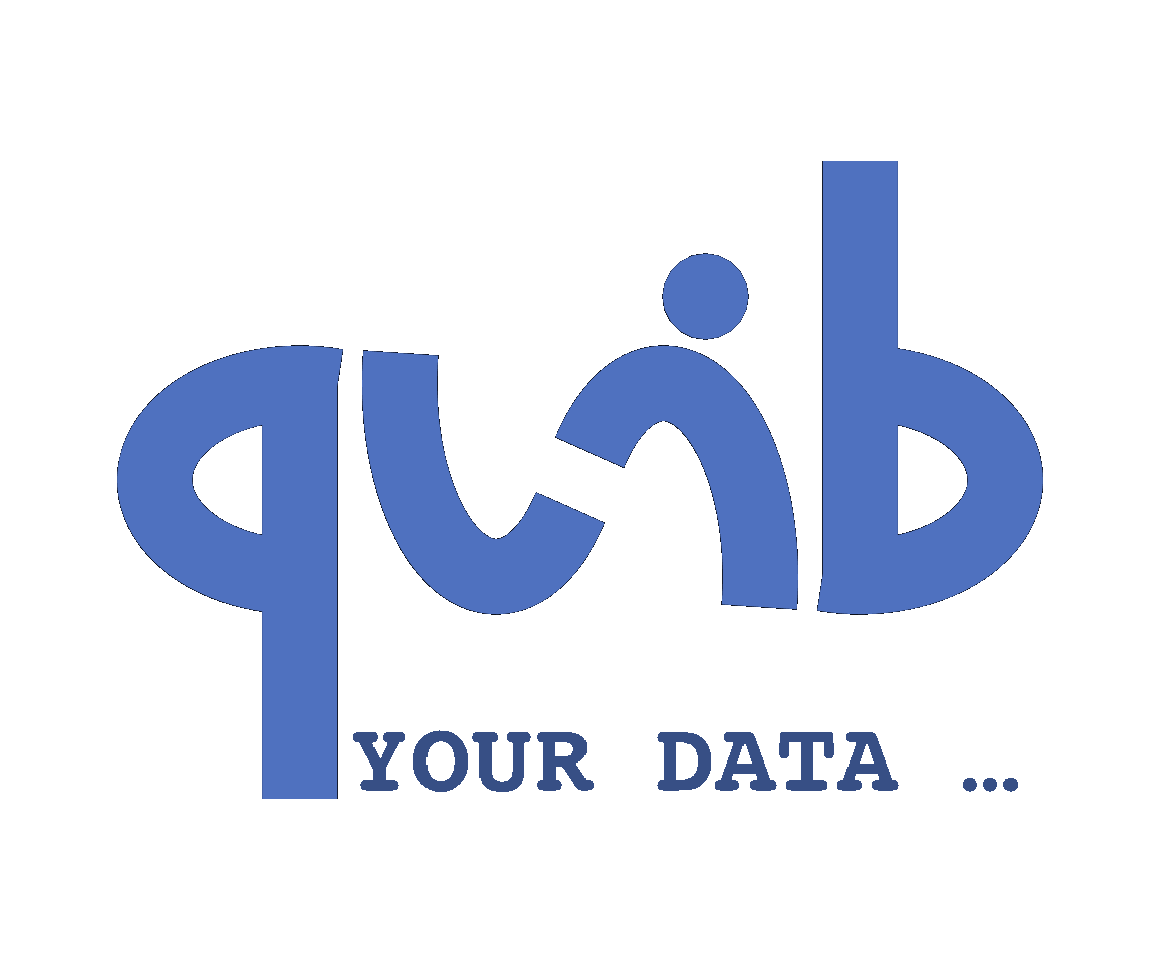Ecosyste.ms: Awesome
An open API service indexing awesome lists of open source software.
https://github.com/Technion-Kishony-lab/quibbler
Your data - interactive!
https://github.com/Technion-Kishony-lab/quibbler
data-analysis data-science data-visualization declarative graphics gui interactive jupyter matplotlib python widgets
Last synced: 4 months ago
JSON representation
Your data - interactive!
- Host: GitHub
- URL: https://github.com/Technion-Kishony-lab/quibbler
- Owner: Technion-Kishony-lab
- License: mit
- Created: 2021-09-12T13:42:57.000Z (almost 3 years ago)
- Default Branch: master
- Last Pushed: 2023-03-28T22:32:00.000Z (about 1 year ago)
- Last Synced: 2024-02-16T15:23:36.526Z (4 months ago)
- Topics: data-analysis, data-science, data-visualization, declarative, graphics, gui, interactive, jupyter, matplotlib, python, widgets
- Language: Python
- Homepage:
- Size: 135 MB
- Stars: 302
- Watchers: 10
- Forks: 8
- Open Issues: 25
-
Metadata Files:
- Readme: README.md
- License: license
Lists
- awesome-stars - Technion-Kishony-lab/quibbler - Your data - interactive! (Python)
README
# Quibbler: your data - interactive!
**Interactive, reproducible and efficient data analytics**


With *Quibbler*, your data analysis is automatically live and interactive.
https://user-images.githubusercontent.com/62783755/209929327-67766771-f271-40f0-8f3a-76deb88310b7.mp4
## What is it?

*Quibbler* is a toolset for building highly interactive, yet reproducible,
transparent and efficient data analysis pipelines. *Quibbler* allows using standard
*Python* syntax to process data through any series of analysis steps, while
automatically maintaining connectivity between downstream results and upstream raw data
sources. *Quibbler* facilitates and embraces human interventions as an inherent part
of the analysis pipeline: input parameters, as well as exceptions and overrides,
can be specified and adjusted either programmatically, or by
interacting with live graphics, and all such interventions are automatically
recorded in well-documented human-machine readable files. Changes to such parameters
propagate downstream, pinpointing which specific data items, or
even specific elements thereof, are affected, thereby vastly saving unnecessary
recalculations. *Quibbler*, therefore, facilitates hands-on interactions with data
in ways that are not only flexible, fun and interactive, but also traceable,
reproducible, and computationally efficient.
## Main Features
* **Interactivity**
* Creating [interactive graphics](https://quibbler.readthedocs.io/en/latest/Quickstart.html) is as
simple as calling standard Matplotlib graphics functions with arguments that represent your parameter values.
* Any data presented graphically is automatically live and interactive
(no need for the tedious programming of callback functions).
* **Traceability and Reproducibility**
* Trace which specific data items and analysis parameters affect focal downstream results (see
[dependency graph](https://quibbler.readthedocs.io/en/latest/Quib-relationships.html)).
* Inherent [undo/redo](https://quibbler.readthedocs.io/en/latest/Jupyter-lab-ext.html) functionality.
* [Save/load](https://quibbler.readthedocs.io/en/latest/Project-save-load.html) parameter values as
human-readable records (either as external text files,
or [inside Jupyter notebook](https://quibbler.readthedocs.io/en/latest/Jupyter-lab-ext.html)).
* **Computational efficiency**
* Upon parameter changes, *Quibbler* pinpoints and only recalculates the specifically affected array elements
of downstream analysis steps ([here](https://quibbler.readthedocs.io/en/latest/Diverged-evaluation.html)).
* **Very little to learn: your standard-syntax code automatically comes to life.**
* To get started with Quibbler, you do not need to learn any new syntax or new functions. Just encapsulate your
input parameters with `iquib` and your analysis and graphics automatically become live and interactive.
* Quibbler supports standard coding syntax with all Python operators, slicing, getitem, Numpy functions,
Matplotlib graphics functions, Matplotlib widgets, and ipywidgets. It further provides an easy way to incorporate
any user functions or functions from any other non-graphics packages ([here](https://quibbler.readthedocs.io/en/latest/User-defined-functions.html)).
Support for other graphics packages, besides Matplotlib, will be offered in future releases.
## Minimal app
```python
from pyquibbler import initialize_quibbler, iquib
initialize_quibbler()
import matplotlib.pyplot as plt
x = iquib(0.5)
y = 1 - x
plt.plot([0, 1], [1, 0], '-')
plt.plot([0, x, x], [y, y, 0], '--', marker='D')
plt.title(x, fontsize=20)
```

## Documentation and Examples
For complete documentation and a getting-started tour, see [readthedocs](https://quibbler.readthedocs.io/en/latest/).
For simple demos and small apps, see our [Examples](https://quibbler.readthedocs.io/en/latest/Examples.html).
## Installation
We recommend installing *Quibbler* in a new virtual environment
(see [creating a new environment](https://github.com/Technion-Kishony-lab/quibbler/blob/master/INSTALL.md)).
To install run:
`pip install pyquibbler`
If you are using Quibbler within *Jupyter lab*, you can also add the
[pyquibbler Jupyter Lab extension](https://quibbler.readthedocs.io/en/latest/Jupyter-lab-ext.html):
`pip install pyquibbler_labextension`
## Development
To install for developers,
see our guide [here](https://github.com/Technion-Kishony-lab/quibbler/blob/master/INSTALL.md).
## Credit
Quibbler was created by Roy Kishony, initially implemented as a Matlab toolbox.
The first release of Quibbler for Python, *pyquibbler*, was developed at the
[Kishony lab](https://kishony.technion.ac.il/quibbler/),
[Technion - Israel Institute of Technology](https://www.technion.ac.il/),
by Maor Kern, Maor Kleinberger and Roy Kishony.
We very much welcome any thoughts, suggestions and ideas and of course welcome PR contributions
(for some proposed directions, see our pending [issues](https://github.com/Technion-Kishony-lab/quibbler/issues)).
## Related packages
* [Matplotlib](https://github.com/matplotlib/matplotlib)
* [Streamlit](https://streamlit.io/)
* [Plotly](https://plotly.com/)
* [Shiny](https://shiny.rstudio.com/)
* [ipywidgets](https://github.com/jupyter-widgets/ipywidgets)
* [bokeh](http://bokeh.org)
* [HoloViz](https://holoviz.org/)
* [Vega-Altair](https://altair-viz.github.io/)
* [Datashader](https://datashader.org/)